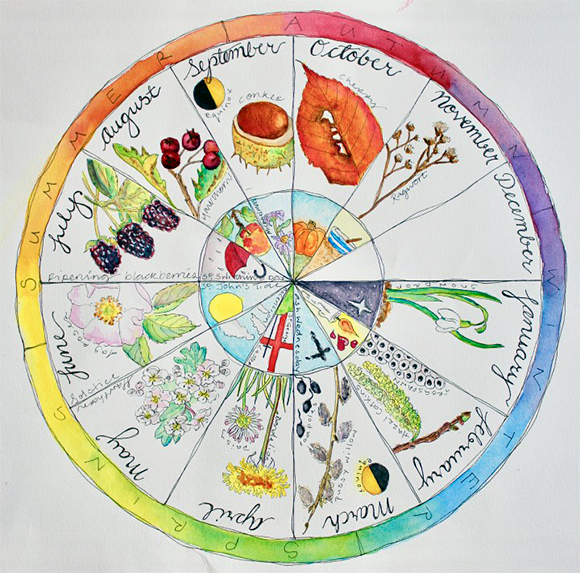Climate change is causing plants to flower earlier and changing the rhythm of nature
CREAF and the companies Altran and Starlab have led the design of RitmeNatura.cat, a citizen observatory that encourages members of the public to ‘adopt’ a plant, record the changes it undergoes and provide data that can be used to study the effects of climate change.

Another warm winter has seen some plants coming into bloom earlier than usual. According to the records of the Phenological Observation Network of the Catalan Meteorological Service (SMC), first flowering dates in southern Catalonia have been creeping forward since 1970. For instance, some almond tree species, such as the Ferragnes variety, now blossom 10 days earlier than they did 40 years ago. What is causing phenological spring to begin so soon?
Experts are in no doubt. “Catalonia's average temperature has risen by 1.5ºC since 1950, and the phenological changes we're witnessing are an unequivocal manifestation of that”, says Marc Prohom, head of the SMC's Climatology Department.
What repercussions could plants flowering and animals migrating or emerging from hibernation earlier than in the past have? One potential problem is a lack of synchronization between flowers and the insects that ought to pollinate them. Another is frost in March damaging flowers and crops.
With such scenarios in mind, CREAF and the companies Altran and Starlab have led the creation of a citizen observatory that will help the scientific community and managers from public authorities monitor changes in the rhythm of nature. The data it collects could be used as a basis for taking measures to prevent problems affecting agriculture or natural ecosystems. The new observatory's name is RitmeNatura.cat, and it has been established with input from the SMC, Barcelona Provincial Council, the Granollers Natural Science Museum, the Catalan Institute of Natural History (ICHN), Natusfera, the Spanish Meteorological Agency (AEMET), the Catalan Office for Climate Change (OCCC), the Catalan Ornithological Institute (ICO) and SEO/BirdLife. Experts from all the organizations in question participated in the project and helped design the observatory in 2017.
“Following the FenoDato project, we've now been able to take a step forward and set up a new observatory along with administrative, scientific and nature-oriented bodies that will be able to use the information volunteers provide to make decisions”, says Joan Pino, CREAF's deputy director.
‘Adopt’ a plant, record the changes it undergoes as the year passes, and contribute to the work of RitmeNatura.cat
In all likelihood there will be a tree, a bush or maybe even a nest not far from you which you could monitor on a weekly basis to see how it changes (shedding of leaves, flowering, laying of eggs, etc.). By recording all your observations in a particular way and sharing them via an open-access platform, you could make a very useful contribution to science.

That is the philosophy of RitmeNatura.cat, an observatory that relies on volunteers willing to ‘adopt’ a plant or an area and make a note of how it changes throughout the year.
All the data volunteers provide go into Natusfera, a tool that records observations of the natural world and adds them to a map belonging to all users. Natusfera follows EU guidelines on open data.
RitmeNatura.cat is one of six citizen observatories for monitoring the environment which the European project Ground Truth 2.0 is promoting in Europe and Africa. Led by IHE Delft Institute for Water Education (Netherlands), Ground Truth 2.0 aims to demonstrate that such observatories are useful and sustainable, and to show how citizens can share data on the environment and play a new, crucial role in environmental monitoring and management, decision-making and joint planning.







